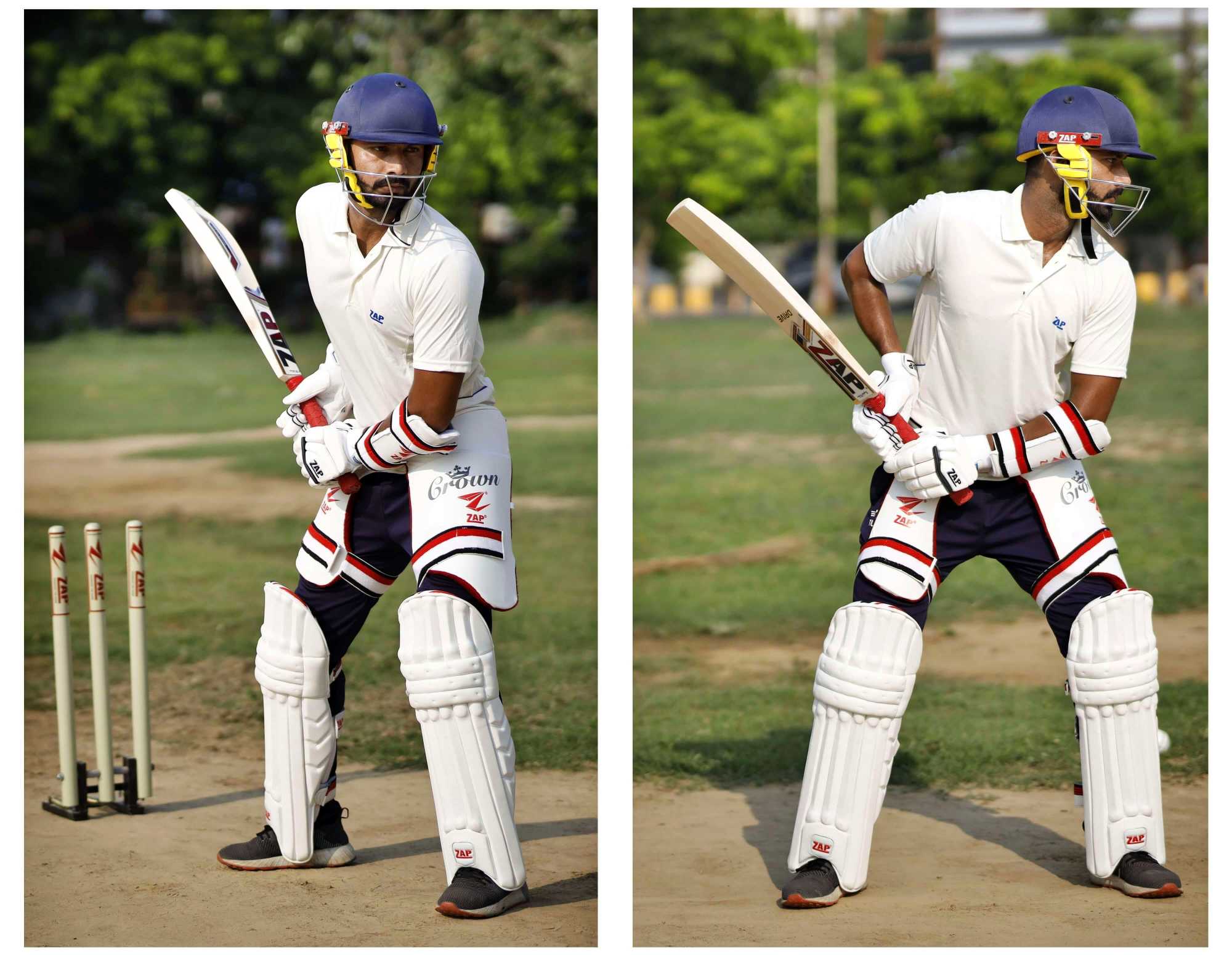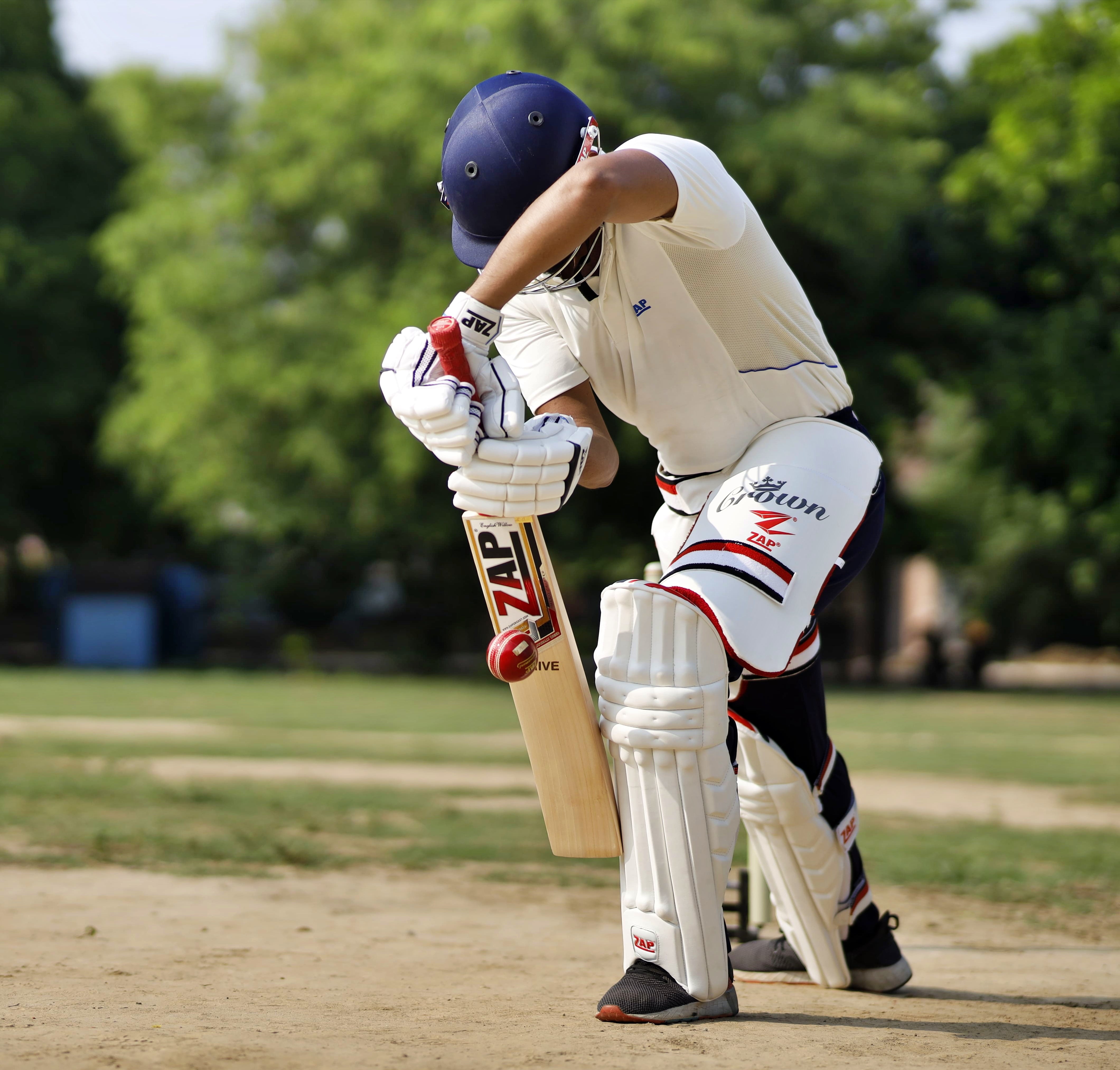
Cricket Batting Tips for Beginners: From First Steps to Solid Strokes
Cricket, a sport steeped in tradition and strategy, can seem daunting to newcomers. The intricacies of batting, in particular, can appear overwhelming. However, with the right guidance and consistent practice, even beginners can develop a solid foundation and enjoy the thrill of scoring runs. This comprehensive guide offers a range of tips for aspiring cricket batsmen, covering everything from basic stance and grip to advanced shot selection and mental preparation.
I. The Fundamentals: Stance and Grip
Before even thinking about hitting the ball, mastering the fundamentals of stance and grip is paramount. A good stance provides stability and balance, allowing you to react swiftly to the delivery. A comfortable grip ensures you have control over the bat and can execute shots with precision.
-
Stance: Beginners should adopt a slightly open stance, with feet shoulder-width apart and knees slightly bent. The weight should be evenly distributed, allowing for easy movement and weight transfer during the shot. Your back should be straight, and your eyes should be focused on the bowler. Experiment to find a stance that feels natural and comfortable; don’t force an unnatural posture.
-
Grip: The most common grip is the "V" grip, where the index finger and thumb form a "V" shape on the handle. The other fingers should support the bat, providing a secure hold. Avoid gripping the bat too tightly, as this can restrict your movement and lead to tense shots. A relaxed grip allows for a smoother swing and greater control. Experiment with different grips to find the one that suits you best, ensuring you maintain a firm but relaxed grip.
II. Mastering the Basics: The Backlift and Swing
Once you have a comfortable stance and grip, it’s time to focus on the backlift and swing. These are the core elements of every cricket shot.
-
Backlift: The backlift is the upward movement of the bat before the delivery. Keep the backlift smooth and controlled, avoiding any jerky or exaggerated movements. The height of your backlift should be comfortable and consistent; it doesn’t need to be overly high. The backlift sets the stage for your swing and helps you generate power.
-
Swing: The swing is the crucial part of your shot. It should be a fluid and coordinated movement, involving your whole body. Power comes from rotating your body, transferring weight from your back foot to your front foot, and following through with your swing. Focus on timing and coordination, aiming for a smooth and powerful swing that connects cleanly with the ball. Avoid chopping or scooping at the ball; a smooth swing is far more effective.
III. Essential Shots for Beginners: The Defensive and Offensive
Every batsman needs a range of shots to be successful. Beginners should concentrate on mastering a few key shots before moving on to more advanced techniques.
-
Defensive Shots: The defensive shots are crucial for survival and building a solid foundation. The most important defensive shots are the forward defence, where you move forward to meet the ball, and the backfoot defence, where you stay back and block the ball. Mastering these shots is essential for surviving the initial stages of your innings. Practice these shots extensively against different types of deliveries, focusing on maintaining your balance and blocking the ball cleanly.
-
Offensive Shots: Once you’ve mastered the defensive shots, you can start practicing offensive shots. Begin with simple shots like the straight drive, where you hit the ball straight down the ground, and the cover drive, which is played slightly towards the cover region. These shots are relatively straightforward and can be used to score runs effectively. Focus on timing and placement, aiming for the gaps in the field. Avoid trying to hit the ball too hard initially; focus on clean contact and precise placement.
IV. Understanding Different Types of Deliveries
Cricket bowling is diverse, and understanding different deliveries is vital for effective batting. Different deliveries require different batting techniques.
-
Pace Bowling: Pace bowling requires quick reflexes and accurate timing. Focus on reading the bowler’s action and anticipating the ball’s trajectory. Practice playing different pace bowlers to develop your ability to adjust your technique to various speeds and movements.
-
Spin Bowling: Spin bowling requires patience and precise footwork. Learn to read the spin and adjust your footwork accordingly. Practice playing both off-spin and leg-spin to improve your adaptability.
V. Mental Aspects of Batting
Cricket is as much a mental game as a physical one. Mental preparation plays a significant role in a batsman’s success.
-
Focus and Concentration: Maintaining focus and concentration throughout your innings is essential. Avoid distractions and stay focused on the task at hand. Practice meditation or mindfulness techniques to improve your concentration skills.
-
Confidence and Self-Belief: Self-belief is crucial for batting success. Believe in your abilities and trust your instincts. Visualize successful shots and positive outcomes to boost your confidence.
-
Handling Pressure: Cricket often involves high-pressure situations. Develop strategies for managing pressure, such as deep breathing exercises and positive self-talk.
VI. Practice and Improvement
Consistent practice is the key to improvement in any sport, and cricket batting is no exception. Practice regularly, focusing on specific areas where you need improvement. Seek feedback from experienced players or coaches to identify weaknesses and refine your technique. Record your practice sessions to analyze your performance and identify areas for improvement. Don’t be afraid to experiment with different techniques and find what works best for you.
VII. Conclusion
Mastering cricket batting takes time, dedication, and consistent effort. By focusing on the fundamentals, practicing regularly, and developing a strong mental game, beginners can build a solid foundation and progress to become effective and confident batsmen. Remember to enjoy the process, celebrate small victories, and learn from your mistakes. With patience and perseverance, the joy of scoring runs and contributing to your team’s success will be immensely rewarding.



